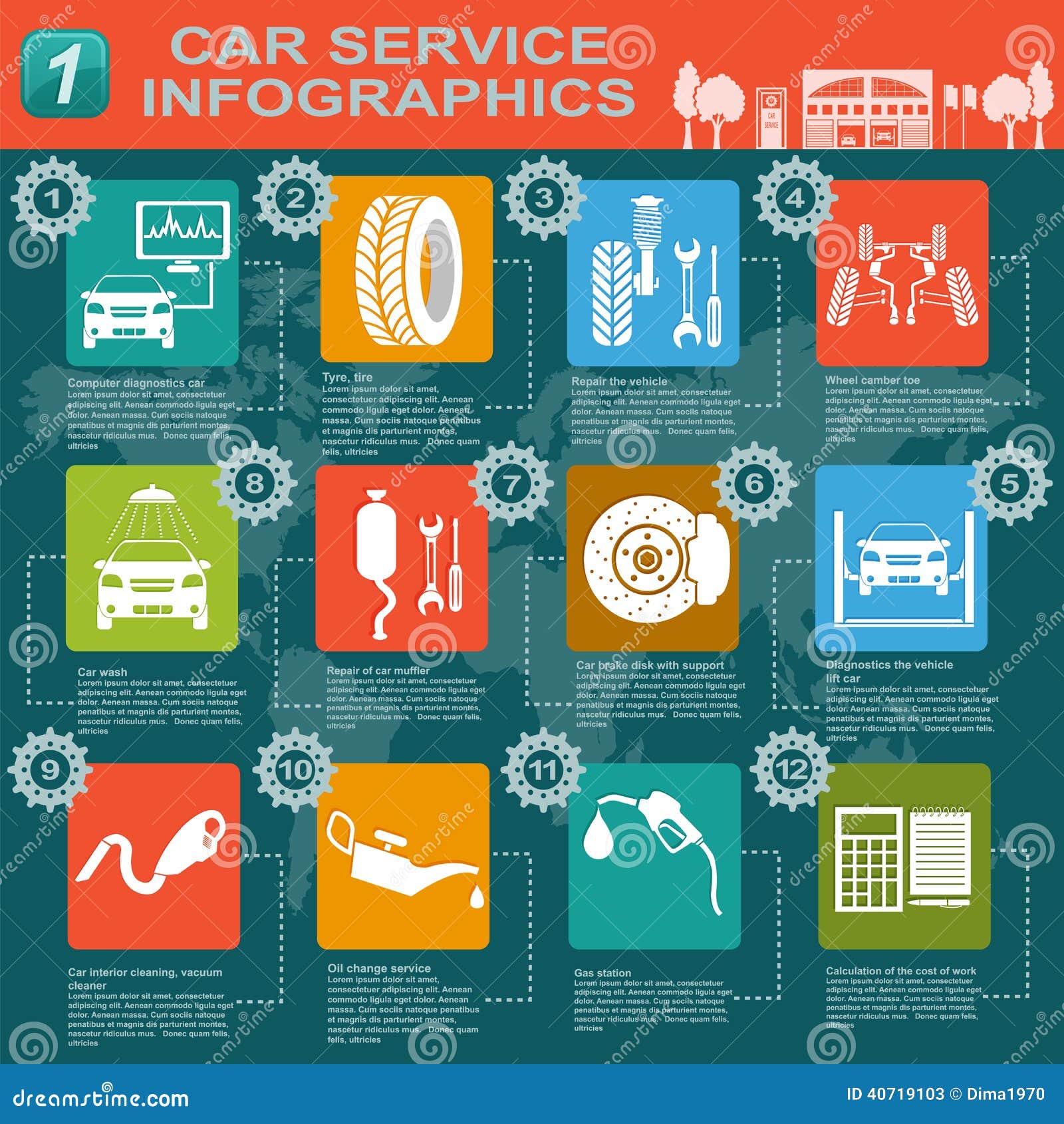Seeking Clarity On The Warning Lights Displayed On Your Auto'S Control Panel? Figure Out Just How They Connect To Your Vehicle'S Health And Safety
Seeking Clarity On The Warning Lights Displayed On Your Auto'S Control Panel? Figure Out Just How They Connect To Your Vehicle'S Health And Safety
Blog Article
Article By-Vinson Shepherd
When you're behind the wheel, those radiant caution lights on your control panel can be a little bit puzzling. Do you understand what they're trying to inform you concerning your cars and truck's health? Understanding click web page of these lights is important for your safety and the longevity of your automobile. So, the following time one of those lights pops up, would not you wish to decode its message properly and take the necessary actions to address it?
Common Warning Lighting and Interpretations
Identify common warning lights in your car and understand their significances to make certain safe driving.
One of the most regular caution lights consist of the check engine light, which signals issues with the engine or exhausts system. If this light begins, it's crucial to have your lorry checked without delay.
The oil pressure warning light indicates low oil pressure, needing prompt attention to avoid engine damages.
A flashing battery light could suggest a malfunctioning billing system, potentially leaving you stranded if not addressed.
The tire pressure tracking system (TPMS) light informs you to reduced tire stress, influencing car stability and gas efficiency. Overlooking this could cause dangerous driving problems.
The ABS light indicates an issue with the anti-lock stopping system, compromising your capability to stop promptly in emergency situations.
Lastly, the coolant temperature alerting light warns of engine getting too hot, which can lead to extreme damages if not resolved quickly.
Comprehending these usual warning lights will assist you address concerns immediately and preserve safe driving conditions.
Importance of Prompt Interest
Recognizing the common caution lights in your car is only the first step; the relevance of promptly attending to these warnings can't be stressed enough to guarantee your safety on the road.
When a warning light illuminates on your control panel, it's your automobile's method of interacting a potential issue that needs interest. Neglecting these cautions can bring about a lot more serious problems down the road, endangering your security and possibly costing you more out of commission.
Trigger attention to alerting lights can avoid break downs and mishaps. As an example, a flashing check engine light could show a misfire that, if left ignored, might cause damage to the catalytic converter. Resolving this promptly can conserve you from a pricey repair service.
Likewise, a brake system advising light could signify low brake liquid or used brake pads, critical elements for your safety and security when driving.
DIY Troubleshooting Tips
If you notice a caution light on your dashboard, there are a couple of DIY repairing pointers you can try prior to seeking specialist help.
The very first step is to consult your auto's manual to understand what the particular caution light suggests. In some cases the concern can be as straightforward as a loosened gas cap setting off the check engine light. Tightening the gas cap may solve the trouble.
Another usual problem is a reduced battery, which can trigger various alerting lights. Examining the battery connections for corrosion and guaranteeing they're secure may fix the issue.
If a caution light lingers, you can attempt resetting it by separating the automobile's battery for a few mins and then reconnecting it. Furthermore, checking car headlight detailing , such as oil, coolant, and brake fluid, can help troubleshoot warning lights related to these systems.
Verdict
To conclude, recognizing your vehicle's warning lights is essential for keeping your car running efficiently and safely. By quickly addressing these signals and recognizing what they indicate, you can avoid costly fixings and potential failures.
Bear in mind to consult your car's guidebook for particular details on each alerting light and act appropriately to make certain a hassle-free driving experience.
Remain informed, stay safe when driving!
